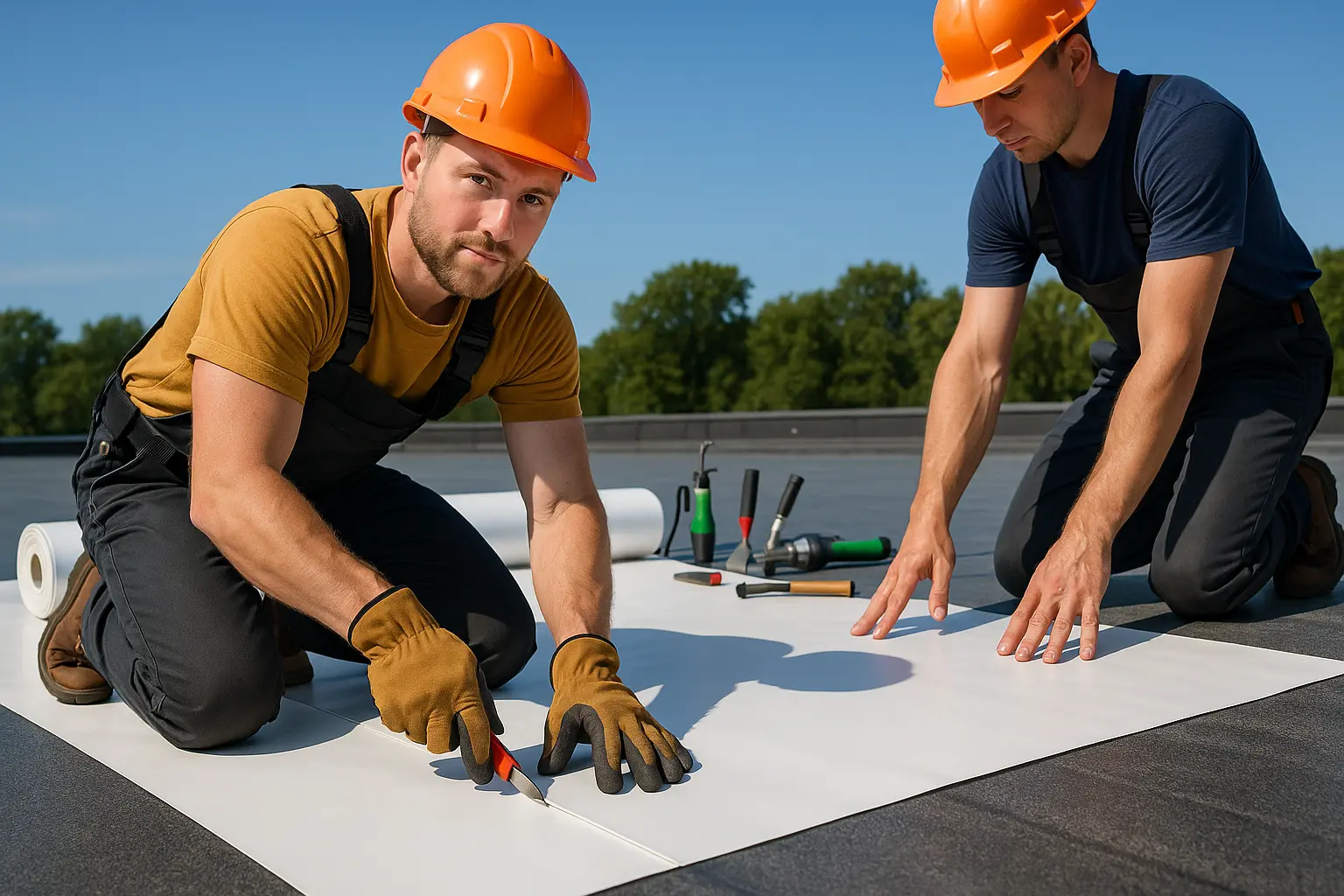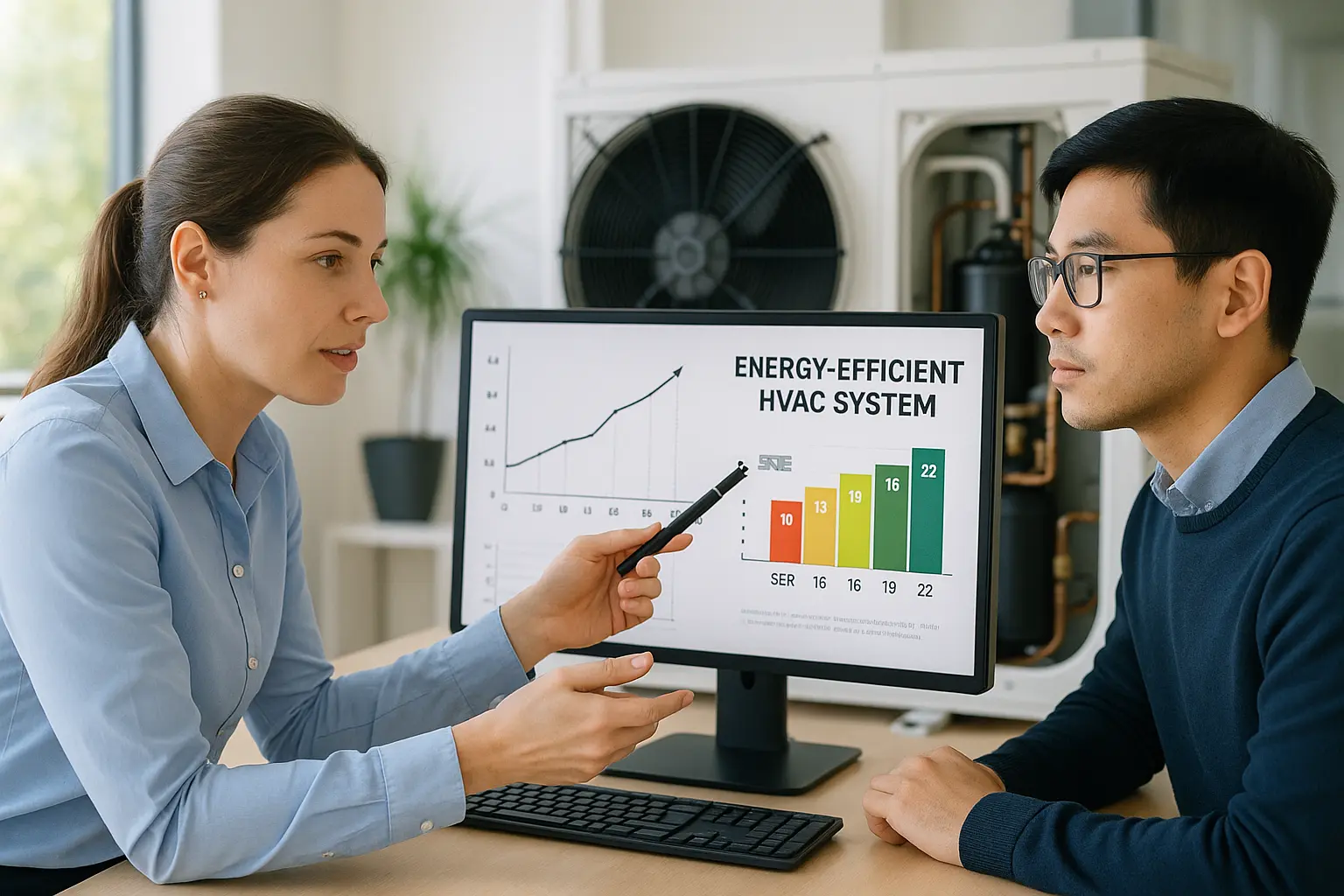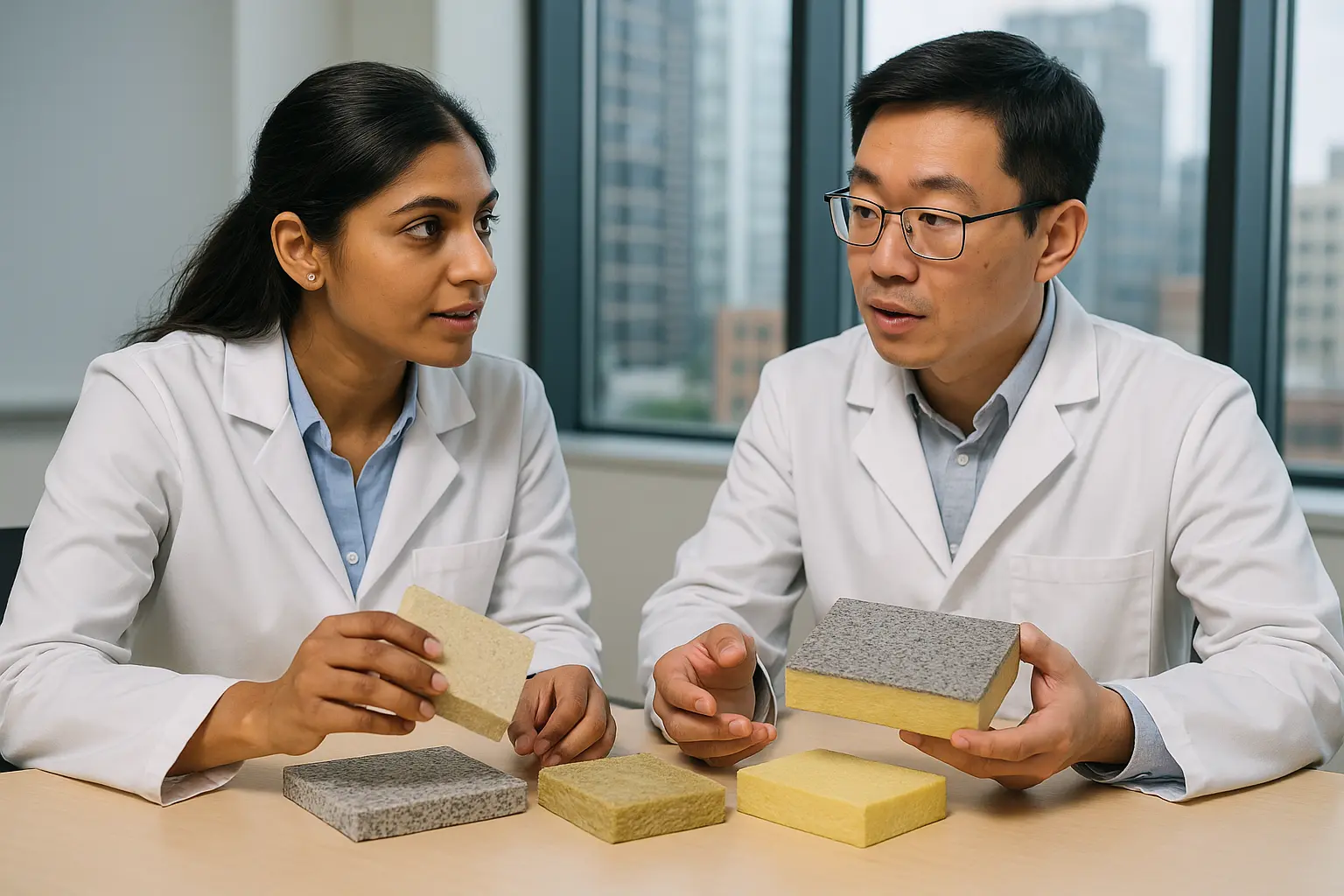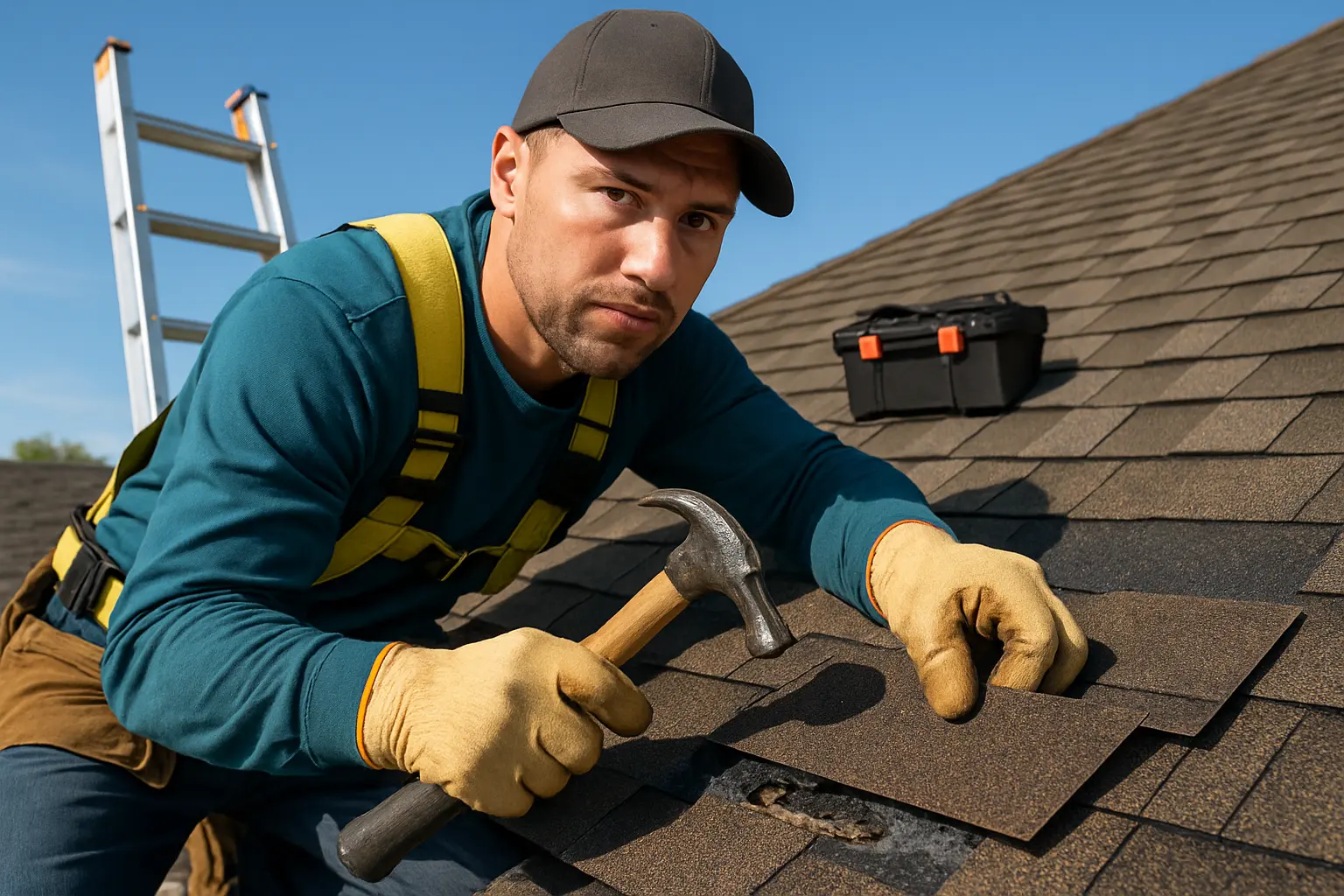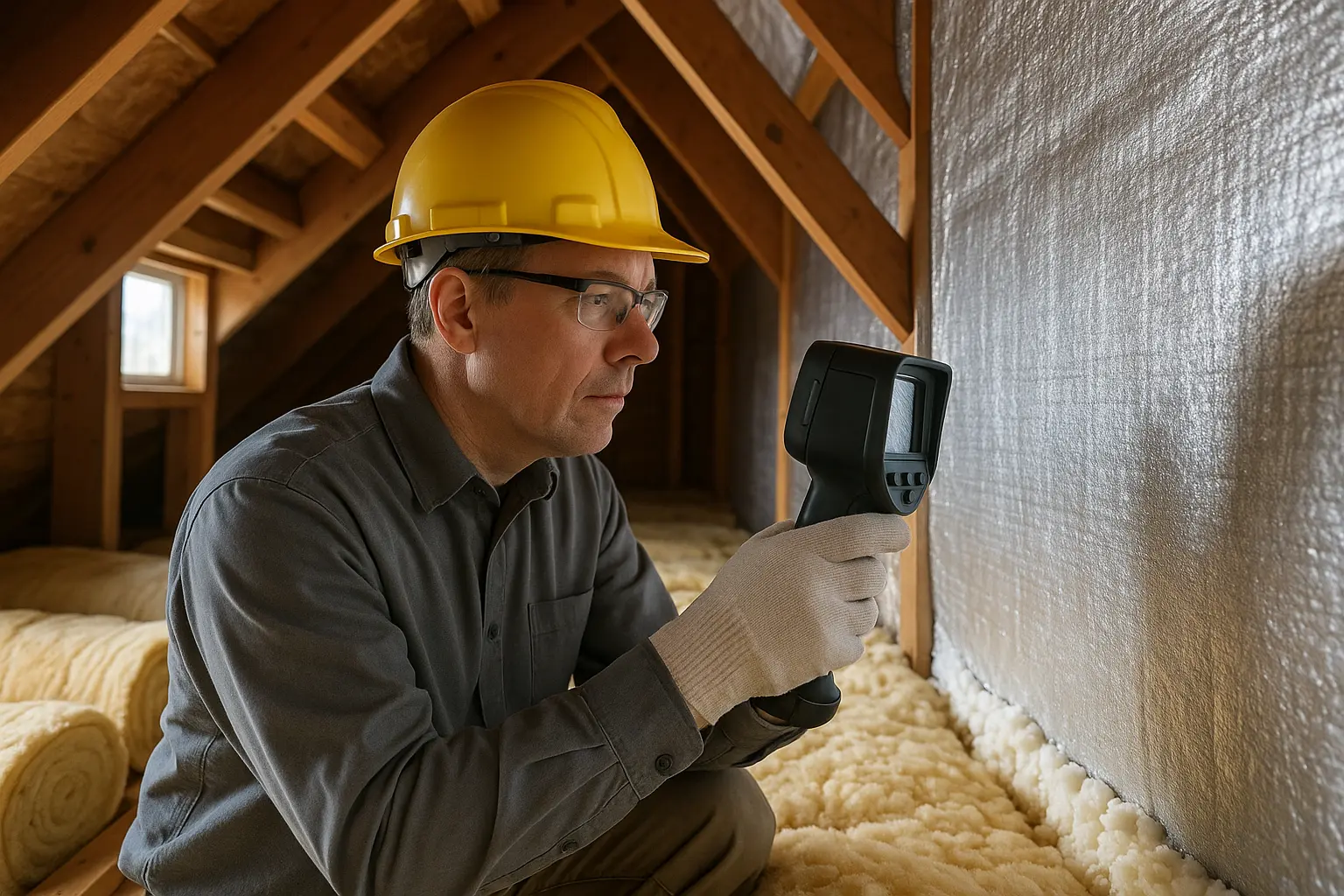Introduction
In a busy business world, making sure your commercial property is shielded from harsh weather and environmental challenges is key. A reliable, leak-free roof not only protects your assets but also guarantees that everyday operations keep running smoothly despite sudden rainstorms or windy days. More and more business owners are turning to flat roof installation because of its modern appeal, cost savings, and low-maintenance features. Even though starting a flat roof installation might feel overwhelming at first, with proper guidance, meticulous planning, and precise execution, you can set up a roof that will safeguard your building for many years. This article covers each part of the process, giving you practical tips, useful insights, and expert advice so you can make smart choices from start to finish.
Choosing the Perfect membrane, EPDM, TPO roofing
Deciding on the right roofing system is a pivotal step for the ultimate performance and durability of your building. When you invest in a quality roof, you’re not just adding a layer over your commercial property—you’re protecting a valuable asset. In this article, we look at every detail of installing a flat roof, and we bring special attention to the advantages of using a top-notch membrane, EPDM, TPO roofing solution.
Initial Preparation
Great projects begin with solid groundwork. A well-planned preparation phase is at the heart of a successful flat roof installation, helping you avoid costly setbacks later on. In the next sections, we outline the essential steps that set the stage for a flawless roof setup.
Evaluate Existing Roof
Before you tear into a roof project, it pays to closely inspect what’s already in place. A detailed evaluation of the current roofing system can reveal hidden problems like structural damage, water leaks, or other wear and tear that might interfere with the new installation. Picture finding water stains or even dip areas after a recent heavy downpour—such issues signal weakness that needs attention before moving forward.
Skilled professionals use tools like thermal imaging and moisture meters to uncover flaws that aren’t visible to the naked eye. Catching these problems early means you can repair or reinforce weak spots, thereby establishing a firm base for the roof that is about to be installed. This early assessment might also help decide whether parts of the old structure can be kept, potentially lightening your budget load.
Choose Roofing Material
Selecting the right material for your roof is a decision that will affect its performance, durability, and how much upkeep it needs over time. When it comes to flat roofs, various products compete for attention. Some of the popular choices are:
- EPDM (Ethylene Propylene Diene Monomer): Known for its flexibility and resistance to aging, this synthetic rubber option excels in combating harsh sun, extreme temperatures, and changing weather.
- TPO (Thermoplastic Polyolefin): Valued for its energy-saving properties and cost effectiveness, TPO reflects sunlight, which can help keep your building cooler in hot weather.
- PVC (Polyvinyl Chloride): Favored in areas prone to severe weather or exposure to chemicals, PVC roofs provide robust protection with a high level of impermeability and resistance to fire.
Thinking through your local weather conditions, budget limits, and required performance levels is important when picking a material. For example, if your building stands close to the sea or in an area with high salt exposure, choosing a material that holds up well against corrosion is crucial. A reliable contractor or a roofing consultant can help sort through the options and make sure you pick the right solution, one that complements your overall flat roof installation plan and your new membrane, EPDM, TPO roofing concept.
Plan Budget and Timeline
Mapping out your finances and setting a realistic timeline is just as critical as picking the right materials. This planning should cover every possible cost—from the price of supplies and labor to permits and unforeseen repairs. A well-thought-out plan not only helps you manage your resources better but also prevents unexpected bills in the middle of the project.
Consider the case of a business owner who didn’t reserve extra funds for hidden roof issues. When they discovered underlying structural rot, the lack of contingency funds forced a scramble that inflated the overall cost. An accurate budget and timeline let you work around busy business periods and minimize disruption by scheduling the work during quieter times.
Installation Process
After a thorough preparation, the spotlight moves to putting everything in place. A careful and structured installation is key to ensuring that your roof stands up to years of use. The process requires precision and tight coordination among specialists, always sticking to quality standards and guidelines.
Implementing membrane, EPDM, TPO roofing Techniques
One of the keys to a successful flat roof installation is to hire competent and trustworthy contractors. Look for experienced professionals who have a track record of installing roofs similarly to your chosen membrane, EPDM, TPO roofing system. Reviewing past work, certifications, and customer comments can provide strong evidence of their capability.
Open communication plays a major role throughout the project. Be sure to iron out every detail in the contract—project stages, deadlines, and workmanship guarantees. That upfront clarity minimizes chances of disputes and ensures that the installation proceeds smoothly.
When contractors start work, begin by preparing the existing roof surface. This means not only getting rid of old materials but also ensuring that the surface is clean and even before the new system comes in. Sometimes, this involves removing all remnants of the previous roof to allow for a smooth, adhesive-friendly base. Fixing up any damaged areas, replacing loose parts, or reinforcing sections harmed by water exposure all add to the long-term security of your roof, especially when paired with the resilient membrane, EPDM, TPO roofing idea.
Roof Installation Steps
The actual installation kicks off with a series of well-planned steps designed to enhance the roof’s performance and endurance. Typically, the first step is to add a layer of insulation. The insulation not only helps in maintaining a balanced temperature inside the building but also boosts overall comfort for occupants. Once the insulation is in place, a separation layer comes next. Acting as a buffer, this layer prevents any interference between the insulation and the roofing system.
Once these layers are set, the next stage is applying the roofing membrane. Depending on whether you choose EPDM, TPO, or even PVC, different methods of attachment are employed. Some systems require adhesives, while others call for mechanical fasteners. In any case, following the manufacturer’s directions is key to making sure that your new roof performs as expected.
Extra care is taken when sealing seams and installing flashings around vents, skylights, and edges. These finishing touches are crucial to keep the roof water-tight. For example, just as a sealed container prevents leaks, a well-applied layer of membrane, EPDM, TPO roofing in the seams and edges will prevent moisture seepage that might otherwise cause trouble later. Keeping every detail in check here is essential for a durable result.
Post-Installation Care
Finishing the installation marks an important milestone, but the work isn’t over yet. Proper post-installation care is key to preserving the roof’s strength and keeping it weather-resistant over time.
Quality Assurance Checks
Once the roof is installed, a systematic series of quality assurance tests should follow. These checks are designed to uncover any small issues or inconsistencies that might have been missed during installation. Visual reviews and controlled water tests are part of this process. By running such tests, you can be sure that your newly installed roof, including your chosen membrane, EPDM, TPO roofing system, holds up without leaks.
If any minor gaps or areas needing extra attention arise, getting them re-sealed immediately saves you future headaches and keeps the warranty intact. With these measures in place, your flat roof installation remains a solid investment for many years.
Maintenance and Upkeep
Long-term upkeep is just as vital as the initial installation. Regular inspections and cleaning routines keep minor issues from developing into big problems. Scheduling checks twice a year—say, once in the spring after harsh winter conditions and again in the fall before cold sets in—can reveal any vulnerabilities that have developed over time.
A routine cleaning helps remove debris such as leaves, branches, or dirt that may gather and trap moisture on your roof. This kind of attentive care is an essential part of maintaining the integrity of a quality membrane, EPDM, TPO roofing setup. Keeping detailed records and photos after every inspection also provides a helpful resource if any warranty claims or repairs become necessary in the future.
Document Warranties and Permits
After completing the installation, it’s important to gather and organize all related documents. This includes warranties, permits, and maintenance records. These documents act as your safety net and proof of the diligent work done on your roof. Should any issues crop up, having everything in order will make the claim process much smoother.
Imagine needing to use a warranty for repairs—ready documentation speeds up the process and protects your investment. Keeping an organized file, both physically and digitally, is a simple step that can make future repairs or property sales much less stressful.
Conclusion
The journey to install a new flat roof on your commercial building is filled with thoughtful planning and careful execution. With each step—from evaluating the existing structure to choosing the right materials and planning your budget—you are setting the stage for a roof that not only looks great but also stands the test of time.
A well-executed installation ensures that each element of your roofing system is installed with precision. Taking the time to clean and prepare the roof surface, carefully apply layers of insulation, and add a dependable membrane, EPDM, TPO roofing is a recipe for success. Every detail serves the purpose of making sure that your roof remains water-tight and resistant to environmental challenges.
Post-installation, regular quality checks, a proactive maintenance routine, and well-kept documentation are vital to preserving the roof’s condition over the years. This careful follow-up protects your investment and helps your property stay resilient against future weather challenges.
For business owners seeking both enhanced protection and energy savings, investing in a reliable roofing solution is a smart move. Using a quality membrane, EPDM, TPO roofing combined with thorough planning delivers not only structural safety but also lasting peace of mind. With every phase of the process addressed—from initial preparation to long-term care—your commercial property is set to reap the benefits for years ahead.
Embrace the challenge by partnering with knowledgeable professionals and sticking to these best practices. Your building will continue to serve as a testament to durability and efficiency, ensuring smooth operations no matter what the climate brings. And, as you move forward with your flat roof installation, remember that every detail matters in making your roof a long-lasting shield for your business.

